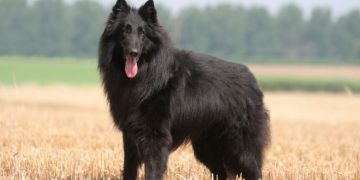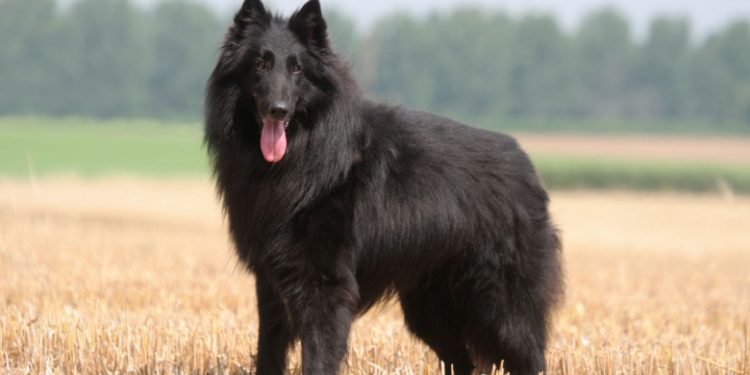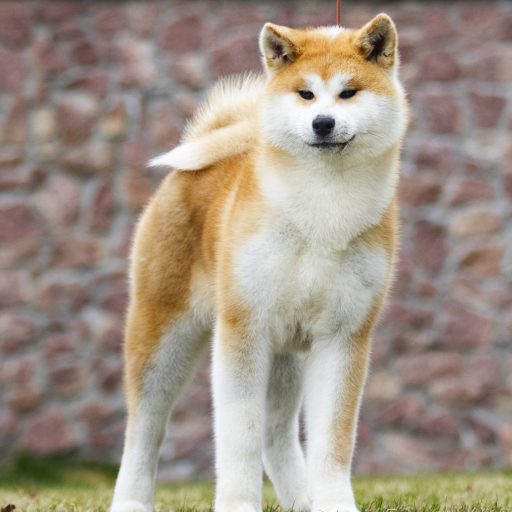The Belgian Shepherd Groenendael is a mediocre, robust and elegant dog. Of harmonious construction, it is endowed with a lean and well-developed musculature. His gaits and his gaze give an impression of intelligence and gentleness. The Belgian Shepherd Groenendael is distinguished from other Belgian Shepherd dogs (Tervueren, Laekenois and Malinois) by its long, exclusively black coat. He is a working dog as well as a guard dog and a companion dog. He excels in the latter area. Intelligent, reliable, protective and playful, he is also calm and athletic.
Breed History
The Belgian Shepherd Groenendael comes from the Belgian village of the same name. The breed was created by Nicolas Rose in 1879 from a female dog with black, long hair, and a herding dog resembling her. The puppies resulting from this crossing then served as the basis for the development of this variety of Belgian Shepherd dog. Like the Malinois, the Tervueren and the Laekenois, the Belgian Shepherd Groenendael was recognized by the Fédération Cynologique Internationale on January 1, 1956. The official FCI standard in force for the breed was published on March 13, 2001, specifying the characteristics of each variety.
Physical peculiarities
His hair: long and smooth all over the body, with the exception of the head, the outer face of the ears and the bottom of the limbs. Dense and tight, it is associated with a woolly undercoat, the whole giving the dog very good protection.
Its color: exclusively black zain.
Its head: long, straight, well drawn and carried high. The skull is moderately wide, the forehead is rounder than flat, the median furrow is not very pronounced. The stop is moderate, the nose black and the muzzle of medium length.
His ears: set high, small, triangular in shape, ending in points and well erect when the dog is active.
His eyes: almond shaped, medium size, brownish to dark in color. Display an expression that is intelligent, gentle and lively.
His body: inscribed in a square. The line of the back and loins is quite straight, the withers accentuated, the back firm and well-muscled, the loins solid, the croup well-muscled, the belly slightly raised.
Its tail: moderately long, thick at its attachment, hanging down at rest, carried higher when the dog is awake.
Feed
A diet of high quality kibble is sufficient for this large dog. These kibbles must be able to cover all of their daily energy expenditure. Thus, it is advisable to choose kibble adapted to his condition and rich in proteins as well as carbohydrates. Do not hesitate to contact a veterinarian to adapt your rations. The latter may also advise you to divide his ration in 2 to avoid any distortion of the stomach.
- Latest
- Trending












